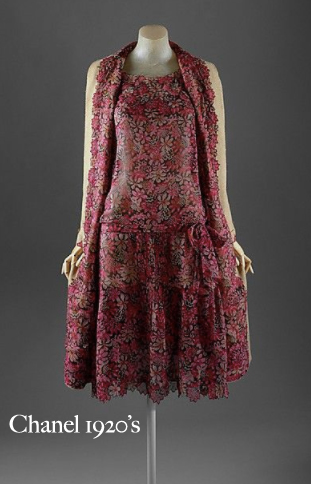Klimt, Secessionists & Chanel
Klimt & Rodin...and Chanel.
An Artistic Encounter
I recently had the pleasure of seeing a preview of KLIMT & RODIN: An Artistic Endeavor at San Francisco's Legion of Honor. The exhibit punctuates the legacies of these two integral artists, who each redefined aesthetic boundaries of the time to invent new vocabularies and visions for modern painting and sculpture.
Klimt, along with Egon Schiele and other renowned artist of the time, were Vienna Secessionists--an art movement formed in 1897 by a group of Austrian artists who had resigned from the Association of Austrian Artists. The mix of painters, sculptors, and architects objected to the prevailing conservatism of the Vienna Künstlerhaus, and although not united in media or style even, they found their commonality in a departure from Historicism. Klimt became the first president of the Secession movement.
Klimt's "The Black Feathered Hat" (1910)
I was struck by the range of Klimt's work as I have most often experiencing his figurative, gold hued, collage -like pieces. It was the The Black Feather Hat (1910) painting that captivated me most. So unexpected was Klimt's use of color--the background, complexion & garment were painted in the same palette but shifted direction and intensity to create distinctions between them. The model's hair, facial features, wrap & hat of feathers were painted in a broader palette of colors.
What a beautiful technigue. Still with depth and clear distinction; I couldn't help but think of a comparison to aspects of Coco Chanel's work that I have always appreciated.
Madame Chanel often chose a lining fabric for overpieces that rolled back to expose a notched or shawl collar in contrast to the body.
She then, cleverly used the same lining to create a day or evening dress to be worn underneath. The resulting impact created the sense of a seamless expression of fabric & movement from undergarment to topcoat.
Her impact, clearly, was never lost on me. She was a believer in the hidden luxury of a lining. Just in these pieces, it wasn't hidden.
In the early part of the 20th Century, these gestures by Klimt & Chanel were reinforcing a departure from the strident rules imposed by the those with their white-knuckle grasp on the quickly disappearing Conservative/Victorian 'rules of engagement'.
It may seem like a small gesture, one might feel even, indifferent. But the rules that Klimt & Chanel were challenging & the thoughts that were emerging would establish a new order of culture and thought that made the modern movement possible.
I encourage you to go see Klimt & Rodin--would love to know your impressions of the exhibit, as well.





